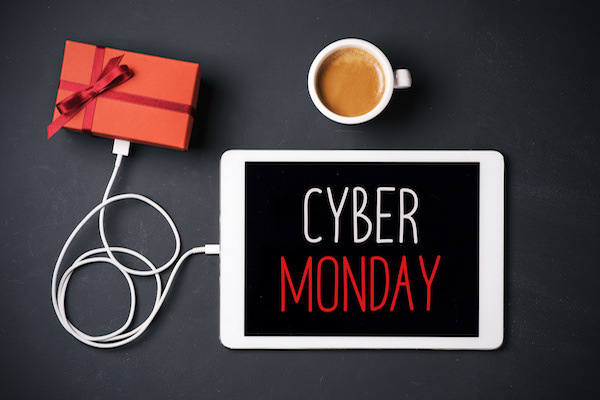While it’s far too late to orchestrate a 2021 holiday season digital content strategy, there are many annual upcoming holidays where an equal amount of planning is required. That said, for this blog, we’re going to focus on the festivities to come. Between holiday baking and wrapping gifts, you should also be putting spirited cheer into your business’s content, jam-packing it full of consumer goodies that grab some of that holiday traffic. While having a digital content strategy months in advance ensures the best outcome, there are many ways that you can implement great content weeks or even days before the season begins.
Anticipate the season’s trends
The thing about holidays is that they return year after year, which means that data from previous seasons can help e-commerce business owners predict popular trends. For example, simple, accessible resources such as Google searches can tell you a lot about mobile shopping trends. With the buzz of popular holidays like Black Friday, Cyber Monday, Christmas, and Boxing Day, mobile traffic is likely to increase due to people trying to avoid the crowds. This means that your digital content strategy should be catering towards making shopping convenient. This could include sending out an email or social media message advertising a pre-holiday sale or an add-to-cart discount that encourages consumers to buy more to receive a larger deal.
That said, how else can analyzing past trends help you with your digital content strategy?
- Allows you to prepare pages, blogs, or other types of content that’s optimized for mobile searches
- Email marketing and social media marketing can take a bit of time to prepare which is why it’s important to launch your discounts with ample time to take advantage of them.
- Cater to users that are searching for holiday gifts and be sure you advertise them taking into account shipping waits.
Ask your audience
In some cases, there might not be enough data on your industry to plan a successful digital content strategy. If this is the case for you, we recommend asking your audience what they want.
Marketing research requires time and resources, which is why many small businesses opt to spend their time targeting what their audience wants based on what their audience has asked for.
The best way to grab hold of their answers is through surveys that ask indirect questions like:
- What’s your #1 concern going into this holiday season?
- How are you planning for the holidays this year?
- What are you most looking forward to during this holiday season?
- How could our brand make your holidays run smoother?
- What’s your best holiday memory?
The goal of these questions is to get a feel for your audience’s goals, concerns, interests, and struggles and find innovative ways for your product or service to solve them.
Audit existing content
If you don’t have the resources to create new content, you can audit existing content by updating it. This is only possible if you’re a more established business that has published holiday-related content before and you simply want to update it so that it applies to a new shopping season. For example, if you wrote a blog that was entitled, “2020 gift guide” it would be easy enough to change it to “2021 gift guide” and simply add some new products and then hit publish.
We do recommend that new business owners write fresh content on their own or hire a professional copywriter to handle the challenge of creating engaging content with traffic potential.
What other methods do you use when preparing your digital content strategy? Please drop feedback in the comments section below.
Alex Wilks has been working as a copywriter and digital marketing strategist since 2018, with added specialties in social media and email marketing. With a Bachelor’s Degree in Journalism and Communication, she is a natural content writer with the ability to connect well with her target audience.



















